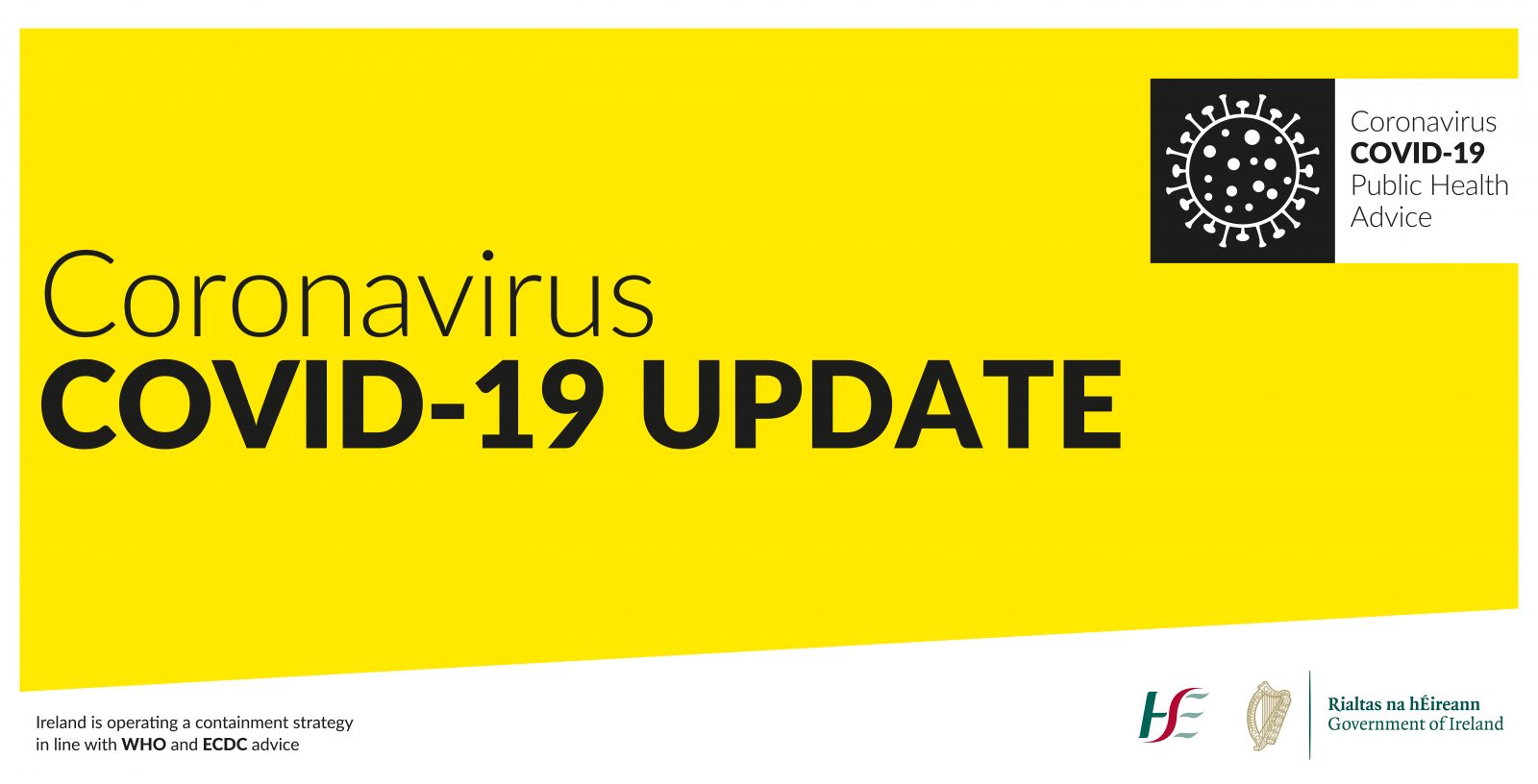New Regulations, DANGEROUS SUBSTANCES (FLAMMABLE LIQUIDS AND FUELS DISTRIBUTION AND COMMERCIAL SUPPLY STORES) REGULATIONS, 2019 SI No 631 of 2019 will come into operation on the 01st April 2020.
These Regulations lay down rules which provide for the licensing, operation and inspection of such fuel stores, for the purpose of prevention of risk arising from the storage of flammable liquids and fuels, and to seek to limit as far as possible the consequences for human health and the environment arising from the operation of such stores, with the overall objective of providing a high level of protection in a fair, consistent and effective manner
The purpose of the Regulations is to prevent risk of injury arising from the keeping, conveying, loading and unloading of flammable liquids or fuels at fuel stores. The fuel stores to which these Regulations apply are those stores for supply or sale to commercial enterprises, for supply to the licensee’s own vehicles, or for use in any engine under the licensee’s control.
These Regulations apply to sites which hold flammable liquids and fuels for the following purposes:
(a) For supply or sale to commercial enterprises;
(b) For supply to the licensee’s own vehicles; or
(c) for use in any engine under the licensee’s control;
To this end, a significant number of sites will come into the remit of this licensing system where previously only retail sites such as Garage Forecourts would have been licensable.
Sites which come in under the regulations must prepare and submit the following documents to the licensing authority;
- Risk Assessment
- Site Drawings
- Explosion Protection Document
- Electrical Safety Certificate
- Fire Safety Certificate
The Risk Assessment must be prepared by a Competent Person who must evaluate the risk of injury on the site. The Risk Assessment shall identify the following;
- Identify the hazards on the site related to the presence of flammable liquids and fuels as set out in Schedule 4 and assess the risks presented by those hazards;
- Identify and describe any measures necessary to reduce the risk of injury to as low a level as is reasonably practicable;
- Evaluate whether the risks identified have been reduced to as low a level as is reasonably practicable;
- Describe the procedure for the transfer of flammable liquids and fuels into and out of the storage tanks and the measures taken to minimise the risk of injury to as low a level as is reasonably practicable; and
- Where the risks have not been reduced to as low a level as is reasonably practicable, propose an implementation plan which will reduce the risks to a level that will be as low as reasonably practicable.
The risk assessment shall be carried out by a competent person, shall be in writing (whether electronically or in hard copy) and be signed and dated by the competent person. It is the responsibility of the licensee to ensure that the person engaged to carry out a risk assessment meets the criteria of a competent person as defined in Regulation 2. For the first application for a licence, a risk assessment shall include a map following the guidelines laid out in Schedule 5. The inclusion of a map is not required for a subsequent application for a renewed or amended licence unless major works or emergency works classed as major works have been carried out at the store. All risk assessments must be consistent with the documents listed in Part 1 of Schedule 1. If a risk assessment is also based on any documents listed in Part 2 of Schedule 1, or other current good practice, these must be indicated in the risk assessment.
SCHEDULE 4 – Risk Assessment -Non Exhaustive List
The following list is not exhaustive but sets out the minimum aspects, all of which must be addressed in any risk assessment to be undertaken by a competent person and submitted to the appropriate licensing authority relating to an application for a first, amended, renewal or transfer of a licence or Certificate of Operation under the Dangerous Substances (Flammable Liquids and Fuels Distribution and Commercial Supply Stores) Regulations, 2019.
General operation of site:
- Boundary security
- Fuel delivery frequency and time
- Delivery area assessment
- Loading Rack construction
- Loading and unloading areas
- Separation distances from boundaries and stationary ignition sources
- Paved area/drainage run-off/spill receptor and interceptor provisions
- Truck turning movement
- Truck parking stands (overnight)
- Sensitive receptors in the vicinity of the store
- Wet-stock control
- Management and staff/authorised person training
- Historical incidents at this site
Fuels/Tanks/Pipes:
- Nature and volumes of fuels to be stored
- Storage tanks assessment (this is not an exhaustive list):
- Age and condition of the underground fuel tanks
- Gantry
Overfill prevention
- Prevention of spills when filling underground tanks
- Tank construction and installation specifications
- Tank in-take fill rates/out-loading withdrawal rates/vent-in breathing and out-breathing rates
Separation distance between tanks
Size of bund(s) provided and maintenance of bund(s)
- Bund integrity
- Extent of over-topping
- Details of tertiary containment, if any
- Pipework assessment
Emergency response:
- Firefighting plan
- Evacuation plan
Certificates and other mandatory documents:
- Petrol Vapour Recovery Certificate
- Explosion Protection Document
- Electrical Safety Certificate
- Fire Safety Certificate
A risk assessment is also expected to include gap analysis with current good practice and a programme to close the gap.
Lehane Environmental can assist Clients in the preparation of their application for a license under these regulations. This can include assessment of current hazards/controls/risks including drainage, pollution control equipment, spill control, asset integrity (tanks, pipelines) etc. These regulations come into force in April 2020 and Clients have 12 months to submit their valid license application. From our experience some sites will have a significant amount of work to do in order to meet the standards required to obtain a license. To this end, now is the time to commence this process. The first step may be to determine the need for on-site storage and whether they could for example reduce the storage volume to less than 5,000 litres of Class 2 and Class 3 fuels.
Cork 021-4351020 Dublin 01-5252806 info@lehaneenvironmental.com










